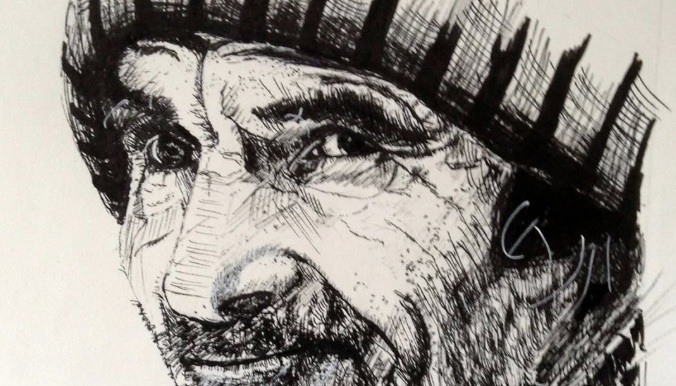When I was just four years old, my parents took me on a summer outing from our home in Twickenham, a suburb of London, to the Kent countryside. It was a beautiful, sunlit day—one of those golden memories that stays with you forever. My father drove us—my mother, my brother, and me—to visit a woman he knew: a botanical illustrator named Margaret H. O’Riley.
We arrived at her charming, old house in Appledore, Kent. I remember the sense of calm, the way the light poured into her dining room where she had laid out tea for us. Strawberries, jelly, sandwiches—it was all so beautifully arranged, and to my young eyes, almost magical.
What happened next was the moment that changed everything for me. Margaret took us to her studio, a place that felt full of wonder. I asked her to draw something. She smiled, picked up her pencil, and with just a few strokes, a rose began to bloom on the page. I watched in awe as the flower appeared before my eyes, as if by magic. That moment stayed with me. It was then that I resolved to be an artist.
Our visit ended unexpectedly—my brother tripped over a step in the old house and broke his ankle, cutting short our time with Margaret. But the memory of that day was indelible. I never forgot the kindness, the artistry, or the inspiration I found in her home.
"I’m not a professional, but I am an artist in the truest sense—driven by the same passion I first felt watching Margaret draw that rose"
Years passed, and after my father passed away, I could no longer ask him the name of the woman who had made such a lasting impression on me. But recently, after some searching and with a little help, I rediscovered her name: Margaret H. O’Riley.
Margaret was a talented illustrator best known for her botanical work, particularly books on flowers published by Hamlyn in the 1950s. Her illustrations were celebrated for their scientific accuracy and artistic beauty. She lived in Appledore, Kent, where she continued her work surrounded by the natural beauty that surely inspired her. Life wasn’t always easy for her—my father once mentioned that she had to be the breadwinner in the family due to her husband’s struggles with alcoholism. There’s little publicly known about whether she had children, but her strength and dedication to her art remain deeply admirable.
Now that I’m retired, I sketch and paint every day. My sketchbook goes everywhere with me. I’m not a professional, but I am an artist in the truest sense—driven by the same passion I first felt watching Margaret draw that rose. Rediscovering her name has filled a gap in my journey, and for that, I am truly grateful.
Thank you, Margaret. Your quiet gift planted the seed that grew into a lifelong love of art.
